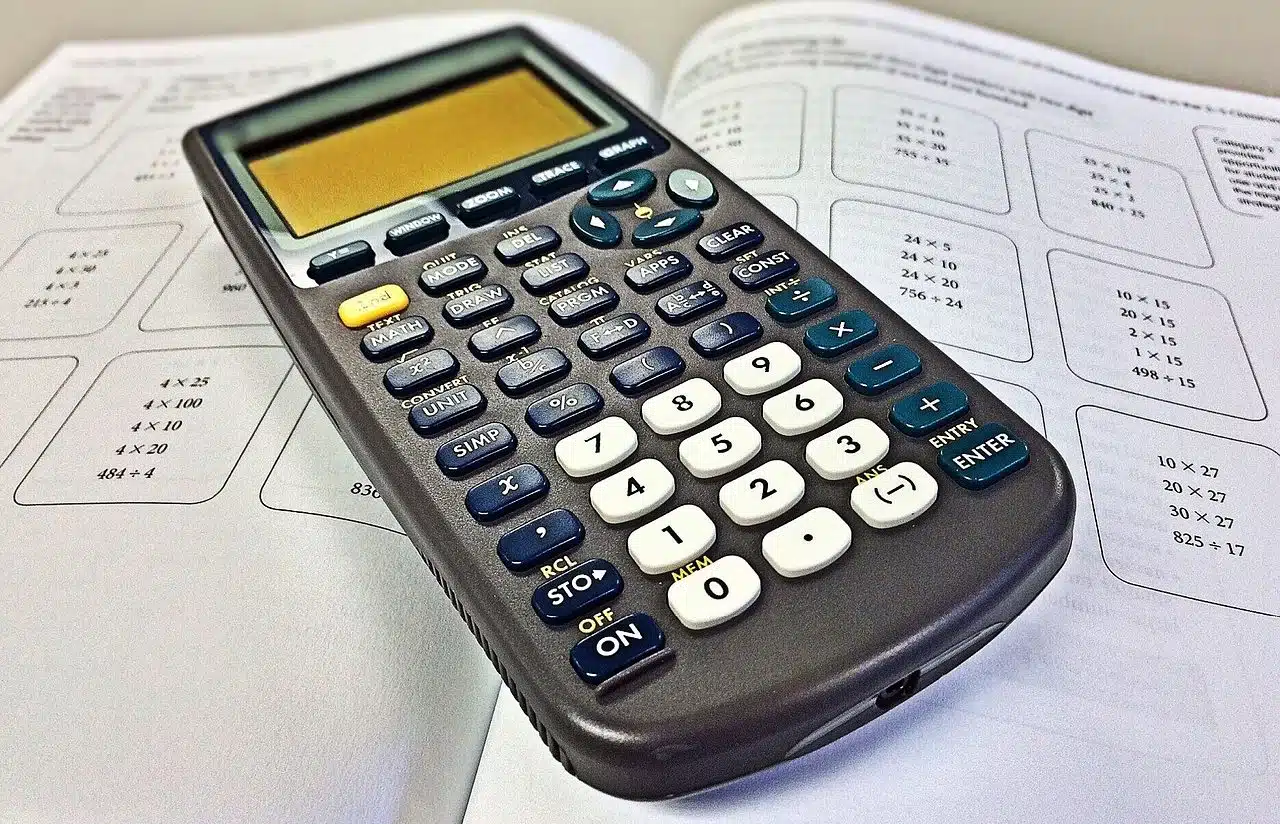
The subtraction of matrices is an operation that is carried out in mathematics.
Subtraction of matrices is a notion that is used in the field of mathematics to refer to an operation . To understand it accurately, you first need to know other concepts.
First we must know that a matrix , in this framework, is a series of symbols and/or numbers that are located on vertical and horizontal lines and that are arranged as a rectangle.
Each of the numbers that make up this two-dimensional arrangement that we call a matrix is called an input , and must be ordered in rows (which are also known as rows) and columns , as mentioned in the previous paragraph. The way to refer to a matrix with n number of rows and m of columns is n x m matrix (note that x is the multiplication sign , which is why it is read "by" ).
What is matrix subtraction
With these matrices, different operations can be developed: however, certain conditions must be met for the operations to be carried out. In the case of matrix subtraction , it is essential that the matrices in question have identical dimensions (they must have the same number of columns and rows).
To subtract two matrices, therefore, those components that are located in the same position must be subtracted from each other. We must start, therefore, with the first column (that is, with the numbers vertically). For example:
2 – 6 = – 4
3 – 2 = 1
5 – (-1) = 6
Then we continue with the second column :
5 – (-2) = 7
2 – 4 = – 2
– 6 – 8 = – 14
Finally, we subtract the elements from the third column :
– 4 – 3 = – 7
1 – 5 = – 4
3 – 5 = – 2
In this way, we only have to order the numbers to obtain the result of this subtraction of matrices .

A subtraction of matrices requires carrying out certain calculations.
Operation features
The subtraction of matrices, in short, consists of subtracting the different components of each matrix, always respecting the place they occupy in the structure. If the matrices have a different number of components, the operation cannot be completed.
It is worth mentioning that the same thing happens with the addition (or addition) of matrices. However, there is no restriction on the proportion between the number of rows and columns.
A matrix that has the same number of columns as rows is known as a square matrix , since the appearance they have when graphed is that of a square. As mentioned in the previous paragraph, it is perfectly possible to subtract (and add) two matrices whose shapes are not square: the important thing is that for each pair there is a corresponding one.
Application of matrix subtraction
It is essential to understand that both this concept and many others in mathematics can serve us in everyday life, and that these are not topics intended for a few with special abilities. It is very likely that most people make matrices more often than they think, even if they do not recognize them as such; After all, it is a technique for relating and organizing data . The subtraction of matrices, as well as other operations, we also usually apply if in two lists of elements corresponding to each other we need to know how much remains of the first once they are affected by the second.
Some of the applications of matrix subtraction are the following:
- In computing : since they are characterized by allowing the manipulation of information in an easy and lightweight way (without requiring much processing), matrices are often used for numerical calculations and for the representation of graphs (a set of vertices that are linked to through edges and that serve to represent binary relationships between several elements).
- Matrix theory – a branch of mathematics dealing with algebra, statistics , combinatorics, and graph theory .
- Vector spaces : they are structures that are made up of vectors. In this context, if two whose dimensions are finite are taken, a matrix can be used to carry out a linear application between them.
